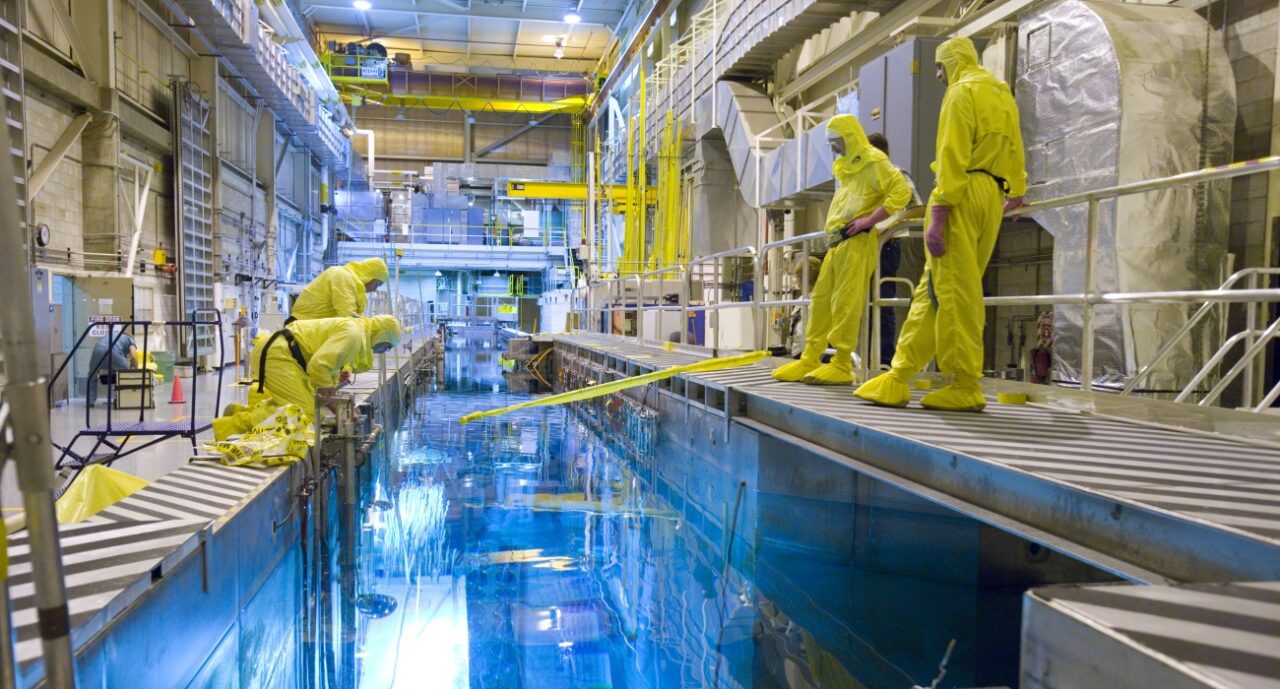How Machine Learning Improves Visibility into Nuclear Power Plant Waste and Contamination Levels

Nuclear power remains one of the cleanest forms of energy available to us. Unfortunately, current challenges in measuring nuclear power plant waste and contamination levels make it difficult to manage. The inability to effectively measure these levels makes it difficult to validate nuclear power, and in some cases, is even causing some political tensions.
Machine learning can help gain a better understanding of nuclear power plant waste and even help predict waste contamination to limit any negative effects. Let's look into how machine learning can automate traditionally manual measurement processes to provide greater education into the contamination nuclear plants cause.
Renewed Focus on Clean EnergyThe next year will see a renewed focus on clean energy as new bills and budget proposals start to push clean energy sources forward. In the U.S., the Biden administration's proposed fiscal year 2022 budget includes $1.85 billion for the Department of Energy's Office of Nuclear Energy. Pennsylvania's 2021 Climate Action Plan shows nuclear generation as a major part of the state's plan to reduce its use of fossil fuels. As the third-largest energy-producing state, this indicates a major trend in the industry.
While nuclear power offers the opportunity for clean energy, difficulties in measuring the impact of nuclear waste make it difficult to convince policymakers. Outdated models for measuring radiation and climate change are holding the industry back. The current license issued by the U.S. Nuclear Regulatory Commission for a consolidated interim storage facility in Texas is being opposed due to the perceived risks of nuclear waste.
Using Machine Learning to Understand Nuclear Power Plant WasteThe greatest benefit machine learning offers to the nuclear industry is the ability to better measure and understand nuclear power plant waste. Traditional methods are unable to measure the water interactions of millions of gallons of water, accurately track fish populations, or predict and extrapolate future disease on organisms. We currently have rough estimates, but without the ability to collect true numbers, it is difficult to know the effects of nuclear waste.
One major study by Berkley Lab, Brown University, and NVIDIA showed how machine learning expands insights into nuclear waste remediation. The study focused on the Hanford site, the home of tens of millions of gallons of radioactive and chemical waste and 100 square miles of contaminated groundwater. Researchers used machine learning to study synthetic data based on knowledge of the site and were able to validate the accuracy of various models. This research can now be used to justify the placing of sensors to collect data on the progression of contaminants, and use machine learning models to track and analyze this data.
Predicting Nuclear Waste Contamination with Machine LearningIn addition to measuring nuclear waste, machine learning can be used to predict and limit the effects of nuclear waste contamination. This is a major step toward making nuclear energy as safe as possible and limiting political opposition.
A recent study used machine learning to predict radioactive waste glass dissolution. Another study used machine learning models to predict refractory corrosion during nuclear waste vitrification. The ability to accurately predict leaching and vitrification within experimental error will allow for safer and more efficient disposal of nuclear waste. Machine learning models can also be used to improve plant maintenance and predict extreme weather conditions that could create risk.
A renewed focus on clean energy and the recent innovations in machine learning and artificial intelligence present exciting opportunities for the nuclear power industry. Using machine learning to gain a better understanding of nuclear power plant waste and contamination levels can improve the way we handle nuclear waste and provide the data necessary to show the true risk/reward of nuclear power.
-Andrew Amann is a former nuclear submarine engineer, who co-founded NineTwoThree Digital Ventures in 2012. He has helped launch countless ventures for clients and emerging companies, and turned his business into one of the fastest-growing private companies in America.
The post How Machine Learning Improves Visibility into Nuclear Power Plant Waste and Contamination Levels appeared first on POWER Magazine.